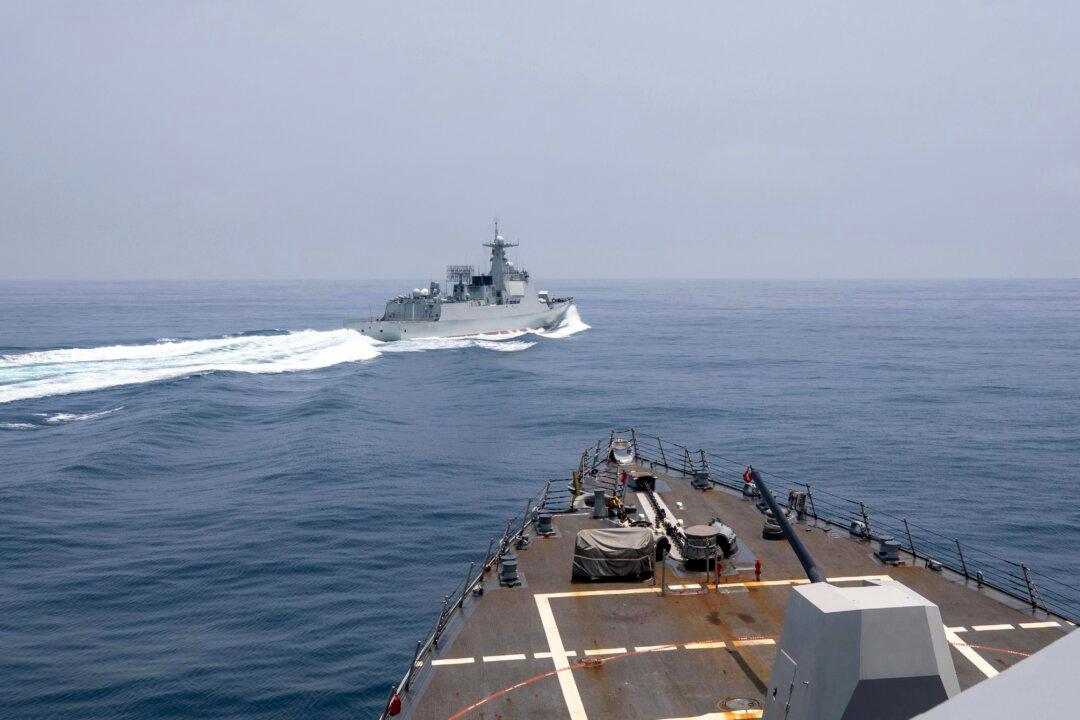China is building a 400-ship navy in what historians say is the swiftest development of sea power since the United States assembled its armada after the Japanese attacked Pearl Harbor during World War II.
But warships are just part of the story.

China is building a 400-ship navy in what historians say is the swiftest development of sea power since the United States assembled its armada after the Japanese attacked Pearl Harbor during World War II.
But warships are just part of the story.